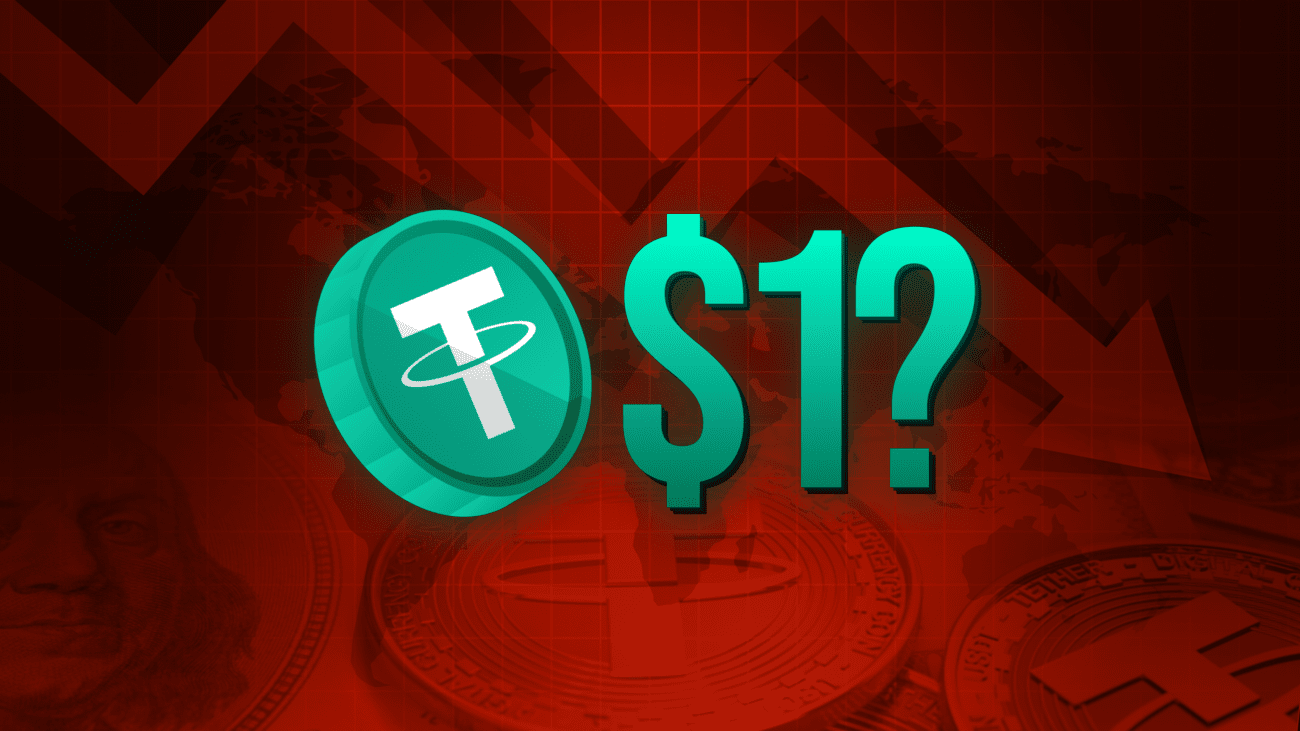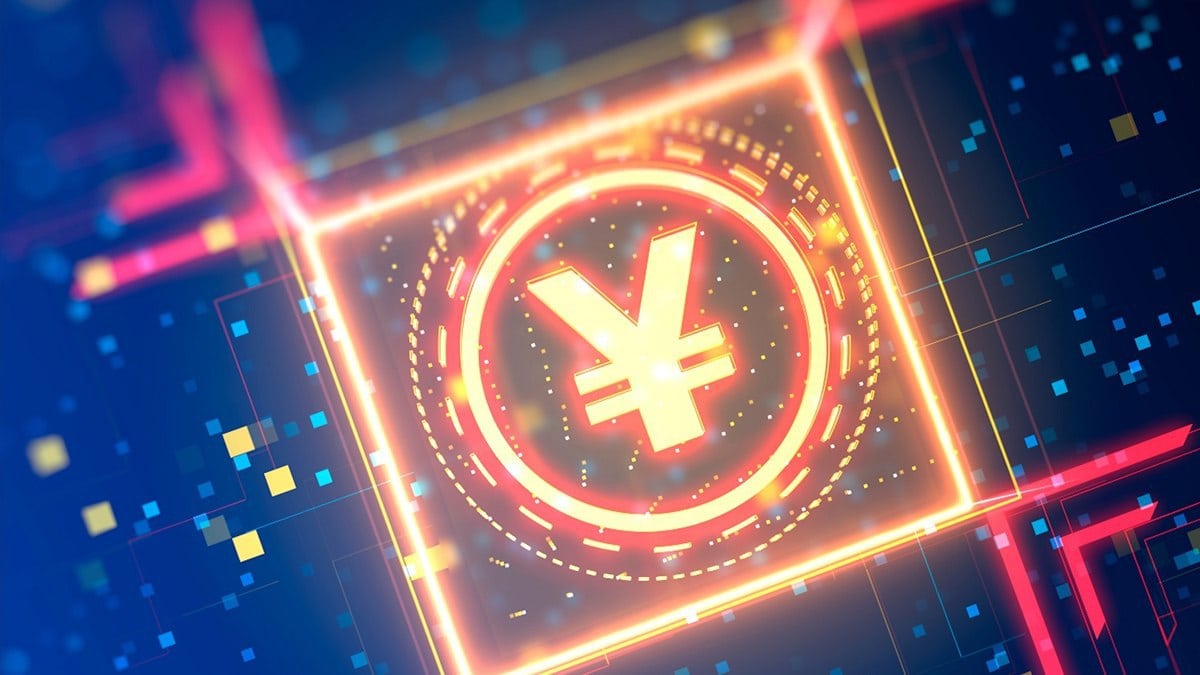USDT has reclaimed its peg after UST collapse. But will this happen again amidst FUD rumors surrounding Tether?
What is USDT?
Tether (USDT) is the world’s largest stablecoin by market cap with more than $65 billion in circulation at the time of writing. Stablecoins have long been the anchor of cryptocurrency trading because they are pegged to the U.S. Dollar, allowing investors to “cash out” of risky investments instead of swapping to another crypto coin that would fluctuate in value.
For more information on stablecoins, check out “The Pros and Cons of Stablecoins: Why You Need To Know How They Work.”
What Happened to USDT?
However, stablecoins are not exactly 100% “stable”. This is shown by the sudden vaporization of $18 billion in the collapse of Terra’s algorithmic stable terraUSD (UST), which caused a dangerous domino effect across the market.
This catastrophic event spurred panic selling in other stablecoins, and Tether Ltd., the company behind USDT, honored billions of dollars’ worth of redemptions following UST’s bank run. As a result, USDT’s peg broke and fell to as low as 95 cents. It is a huge red flag if a stablecoin drops below 99 cents, especially for stablecoin heavyweights such as USDT itself.
Fortunately, USDT has passed the market’s stress test. They were able to withstand redemptions in extremely volatile conditions, eventually reclaiming the peg. However, Tether is still facing criticisms for the lack of transparency about the nature of assets backing the stablecoin.
Tether fights back: calls short-selling hedge funds “flat out wrong”
Many hedge funds saw the collapse of Terra as a reason to short USDT. According to a Wall Street Journal podcast, the reason for this is twofold. Firstly is the fact that institutional investors are withdrawing from risky investments (such as crypto) since the Federal Reserve is aggressively raising interest rates. Secondly, they are worried about the quality of the assets backing Tether.
In Tether’s blog post on 28th July 2022, Tether hit back at these hedge funds, saying that, “…the underlying thesis of this trade is incredibly misinformed and flat-out wrong. It is further supported by a blind belief in what borders on outright conspiracy theories about Tether.”
Tether also added in a blog post on 27th July 2022 that its portfolio does not contain any Chinese commercial paper. Furthermore, as of the date of the post, its total commercial paper exposure has been reduced to around 3.7 billion (from 30 billion a year ago). Tether also states that it has plans to further reduce its total commercial paper exposure to 0 by October/early November 2022.
What is Exactly Backing USDT Value?
Tether has claimed that all USDT tokens are backed 100% by the company’s reserves. According to their latest reserves attestation report audited by MHA Cayman, an independent accounting firm, the company’s total assets exceed its total liabilities, suggesting that USDT is fully backed. Its holdings include U.S. Treasury bills, money market funds, cash, and commercial paper.
Great, this finally puts an end to what is in their reserves and we can all sleep peacefully without worrying about a USDT collapse, right? Not quite. In fact, there are namely two big issues surrounding Tether’s backing.
- Nearly Half of USDT’s Reserves Were in Commercial Paper
According to the report, Tether has more than $20 billion worth of commercial paper in their total assets. Commercial paper is a short-term unsecured debt issued by companies. This poses a problem to backing stablecoins because they are generally seen as less secure and illiquid, unlike cash and U.S. Treasury bills.
There have also been rumors that most Tether’s commercial paper holdings are backed by debt-ridden property developers in China, albeit Tether denies the rumors. As mentioned previously, Tether has denied rumours that its portfolio contains Chinese commercial paper.
On the positive side, Tether has taken an initiative in reducing its commercial paper holdings to zero in favor for U.S. Treasuries to back USDT reserves. Tether currently has around 3.7 billion in commercial paper exposure (as of July 2022) but plans to eliminate this completely by October/early November 2022.
Does this mean that Tether is taking on a leadership role in support of greater transparency for the stablecoin industry? Or is this just a facade, given that Tether continues to avoid a comprehensive audit? This brings us to the next issue. Ambien
- Tether Has Yet to Undergo an Impartial and Comprehensive Audit
Though Tether was open about the state of their reserves, the problem lies with the firm that audited it. MHA Cayman is a small-time independent accounting firm based in Cayman Islands. So it is understandable that critics believe that it is more of a validation of information based on management claims than an audit.
John Reed Stark, an SEC attorney leading cyber-related projects for 15 years, tweeted that the best way for Tether to end the allegations against them would be to “engage a big-four accounting firm to conduct an audit which finds a rock-solid balance sheet. He also added, that, “without a proper audit, everything else Tether’s CFO says is just noise.”
The big-four refers to the four largest professional services networks in the world, consisting of the global accounting networks Deloitte, Ernst & Young, KPMG, and PwC. They have recently been getting involved in the blockchain industry, working with many crypto companies for regulation purposes.
A big-four audit carries a lot of weight with the SEC, and many larger companies want to be a part of it because it would make their enterprise more attractive and trustworthy to investors.
What Would Happen if USDT Collapses?
If USDT were to collapse, it would deliver catastrophic results in the industry, sparing nothing. It would mean the end of Ethereum DeFi which is a predominantly USDT-based market. This would trigger a chain reaction across all smart-contract networks.
Bitcoin will also be severely impacted as more than half of bitcoin is traded for USDT since 2019, according to data cited by JPMorgan analysts. As a result, history would repeat itself, triggering another bank run, destabilizing exchanges and causing a panic drop in Bitcoin’s price.
But we should not forget that USDT was able to maintain its stability through multiple black swan events and extremely volatile conditions, and has managed to stick to its values and honor all redemption requests during the UST collapse in May.
After all, USDT has long been the king of stablecoins and is critical for maintaining any confidence in the industry. All the big players in crypto will simply not let a collapse happen.










